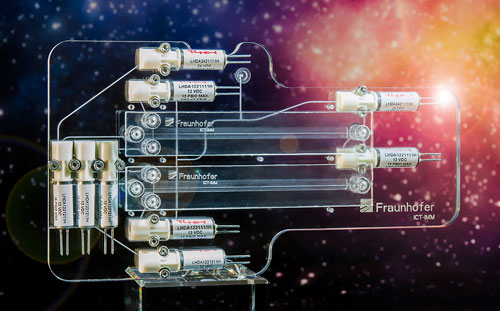 The German Aerospace Center is scheduled to launch its Eu:CROPIS research satellite into orbit in early 2017. Its purpose is to test a biological life-support system for future human space missions. The satellite's payload includes an ion analyzer. This compact device will automatically monitor all of the system's internal processes.
The German Aerospace Center is scheduled to launch its Eu:CROPIS research satellite into orbit in early 2017. Its purpose is to test a biological life-support system for future human space missions. The satellite's payload includes an ion analyzer. This compact device will automatically monitor all of the system's internal processes.
Jun 15th, 2015
Read more
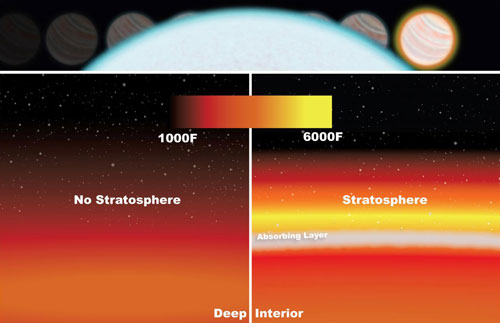 NASA's Hubble Space Telescope has detected a stratosphere, one of the primary layers of Earth's atmosphere, on a massive and blazing-hot exoplanet known as WASP-33b.
NASA's Hubble Space Telescope has detected a stratosphere, one of the primary layers of Earth's atmosphere, on a massive and blazing-hot exoplanet known as WASP-33b.
Jun 11th, 2015
Read more
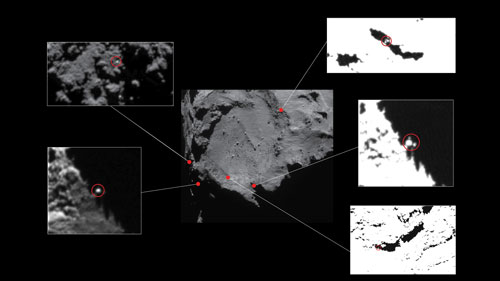 The search for the three-legged lander is complex because even when fully illuminated by the Sun, Philae will be just a few pixels across in images acquired by the Rosetta orbiter's Optical, Spectroscopic, and Infrared Remote Imaging System (OSIRIS).
The search for the three-legged lander is complex because even when fully illuminated by the Sun, Philae will be just a few pixels across in images acquired by the Rosetta orbiter's Optical, Spectroscopic, and Infrared Remote Imaging System (OSIRIS).
Jun 11th, 2015
Read more
 First experiment in the Cryogenic Storage Ring , which can be used to reproduce the chemical conditions in space in the laboratory.
First experiment in the Cryogenic Storage Ring , which can be used to reproduce the chemical conditions in space in the laboratory.
Jun 10th, 2015
Read more
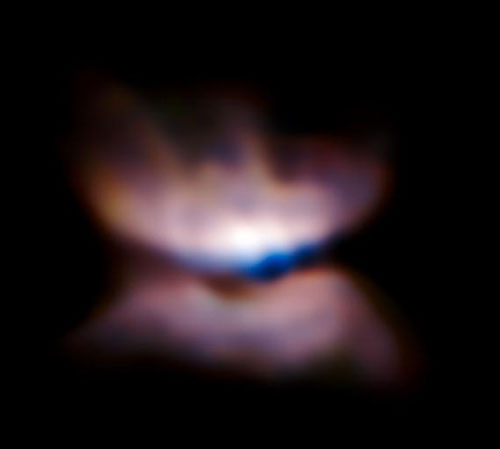 Some of the sharpest images ever made with ESO's Very Large Telescope have, for the first time, revealed what appears to be an ageing star giving birth to a butterfly-like planetary nebula.
Some of the sharpest images ever made with ESO's Very Large Telescope have, for the first time, revealed what appears to be an ageing star giving birth to a butterfly-like planetary nebula.
Jun 10th, 2015
Read more
The Dawn orbiter initially traced the path of the equator before crossing the north and south poles of Ceres. Researchers have used the images acquired thus far with the Framing Camera on board the spacecraft and the first three-dimensional terrain models created from them to produce a virtual scenic flight over icy Ceres.
Jun 9th, 2015
Read more
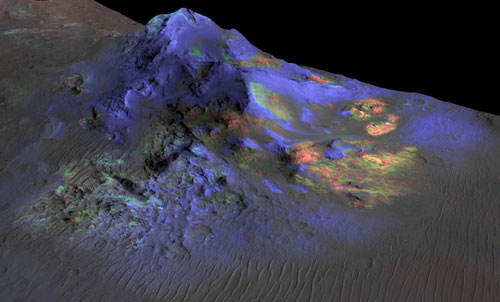 Researchers have used satellite data to detect deposits of glass within impact craters on Mars. Though formed in the searing heat of a violent impact, the glasses just might provide a delicate window into the possibility of past life on the Red Planet.
Researchers have used satellite data to detect deposits of glass within impact craters on Mars. Though formed in the searing heat of a violent impact, the glasses just might provide a delicate window into the possibility of past life on the Red Planet.
Jun 8th, 2015
Read more
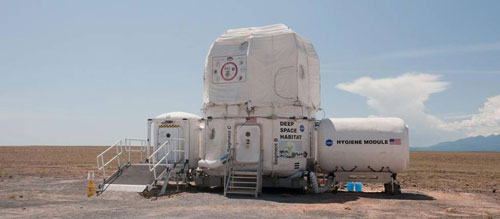 NASA is working with eight U.S. universities on new technology projects for deep space exploration, including the agency's journey to Mars, as part of the 2016 X-Hab Academic Innovation Challenge.
NASA is working with eight U.S. universities on new technology projects for deep space exploration, including the agency's journey to Mars, as part of the 2016 X-Hab Academic Innovation Challenge.
Jun 8th, 2015
Read more
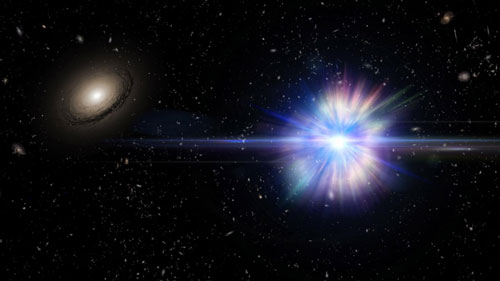 HST confirms 3 Type Ia supernovae were not part of a galaxy, but rare intracluster supernovae.
HST confirms 3 Type Ia supernovae were not part of a galaxy, but rare intracluster supernovae.
Jun 4th, 2015
Read more
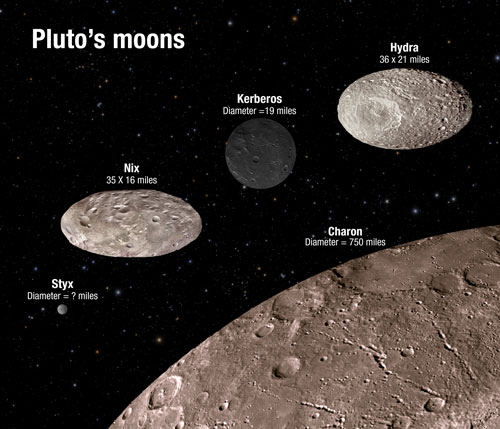 If you lived on one of Pluto's moons, you might have a hard time determining when, or from which direction, the sun will rise each day. Comprehensive analysis of data from NASA's Hubble Space Telescope shows that two of Pluto's moons, Nix and Hydra, wobble unpredictably.
If you lived on one of Pluto's moons, you might have a hard time determining when, or from which direction, the sun will rise each day. Comprehensive analysis of data from NASA's Hubble Space Telescope shows that two of Pluto's moons, Nix and Hydra, wobble unpredictably.
Jun 3rd, 2015
Read more
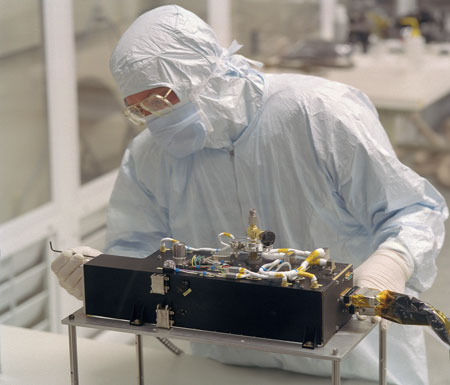 A close-up of Comet 67P/Churyumov-Gerasimenko by NASA's ultraviolet instrument surprised scientists by revealing that electrons close to the comet's surface - not photons from the Sun as had been believed - cause the rapid breakup of water and carbon dioxide molecules spewing from the surface.
A close-up of Comet 67P/Churyumov-Gerasimenko by NASA's ultraviolet instrument surprised scientists by revealing that electrons close to the comet's surface - not photons from the Sun as had been believed - cause the rapid breakup of water and carbon dioxide molecules spewing from the surface.
Jun 2nd, 2015
Read more
An international team of scientists used streams produced by dissolving globular clusters to measure the weight of our galaxy and determine the location of the sun within the Milky Way.
Jun 2nd, 2015
Read more
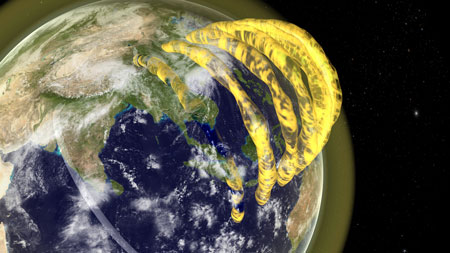 By observing galaxies billions of light-years away, a team of astronomers has detected tube-like structures mere hundreds of kilometres above the Earth's surface.
By observing galaxies billions of light-years away, a team of astronomers has detected tube-like structures mere hundreds of kilometres above the Earth's surface.
Jun 1st, 2015
Read more
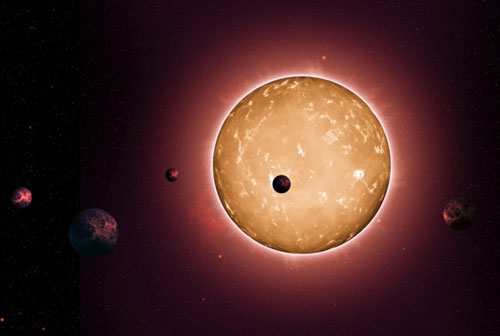 Observations of 74 Earth-sized planets around distant stars may narrow field of habitable candidates.
Observations of 74 Earth-sized planets around distant stars may narrow field of habitable candidates.
Jun 1st, 2015
Read more
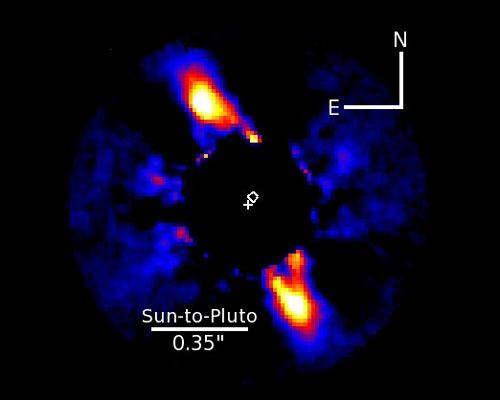 An international team has discovered a young planetary system that shares remarkable similarities to our own early solar system. Their images reveal a ring-like disk of debris surrounding a Sun-like star, in a birth environment similar to the Sun's.
An international team has discovered a young planetary system that shares remarkable similarities to our own early solar system. Their images reveal a ring-like disk of debris surrounding a Sun-like star, in a birth environment similar to the Sun's.
Jun 1st, 2015
Read more
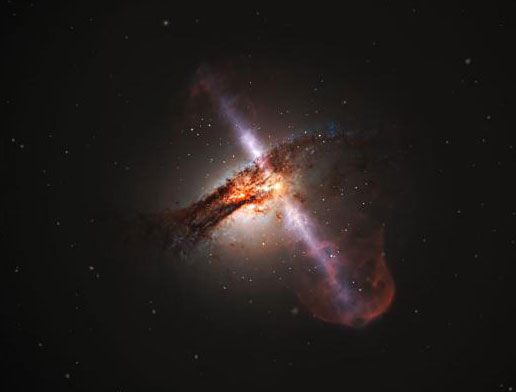 Large Hubble survey confirms link between mergers and supermassive black holes with relativistic jets.
Large Hubble survey confirms link between mergers and supermassive black holes with relativistic jets.
May 28th, 2015
Read more
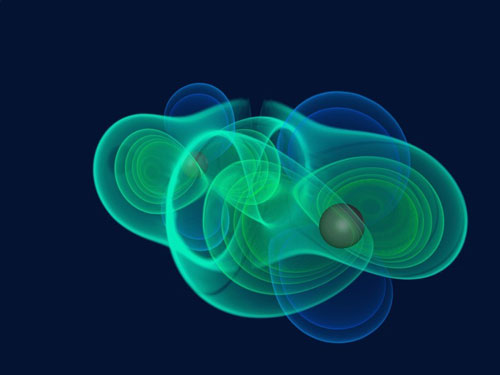 How researchers listen for gravitational waves.
How researchers listen for gravitational waves.
May 28th, 2015
Read more
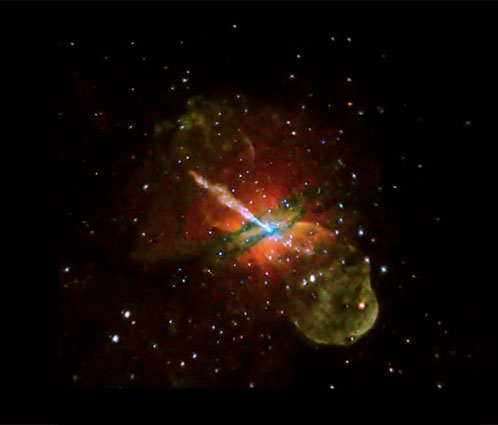 Using ever more energetic lasers, researchers have produced a record high number of electron-positron pairs, opening exciting opportunities to study extreme astrophysical processes, such as black holes and gamma-ray bursts.
Using ever more energetic lasers, researchers have produced a record high number of electron-positron pairs, opening exciting opportunities to study extreme astrophysical processes, such as black holes and gamma-ray bursts.
May 27th, 2015
Read more
 The German Aerospace Center is scheduled to launch its Eu:CROPIS research satellite into orbit in early 2017. Its purpose is to test a biological life-support system for future human space missions. The satellite's payload includes an ion analyzer. This compact device will automatically monitor all of the system's internal processes.
The German Aerospace Center is scheduled to launch its Eu:CROPIS research satellite into orbit in early 2017. Its purpose is to test a biological life-support system for future human space missions. The satellite's payload includes an ion analyzer. This compact device will automatically monitor all of the system's internal processes.
 Subscribe to our Space Exploration News feed
Subscribe to our Space Exploration News feed













